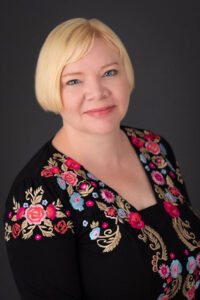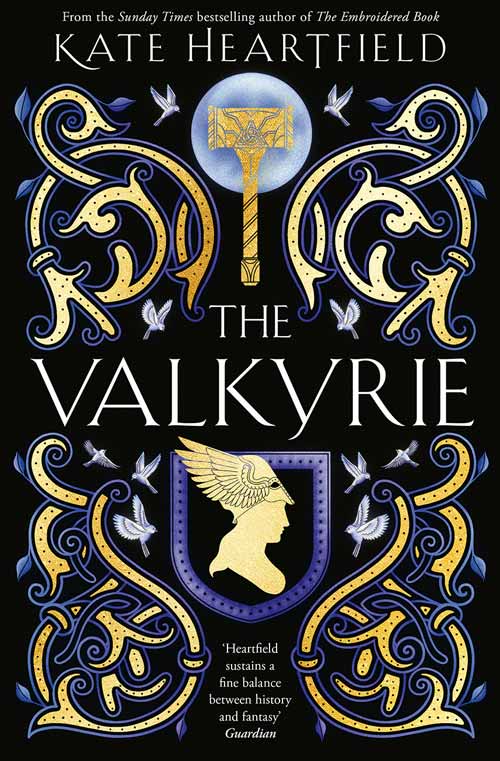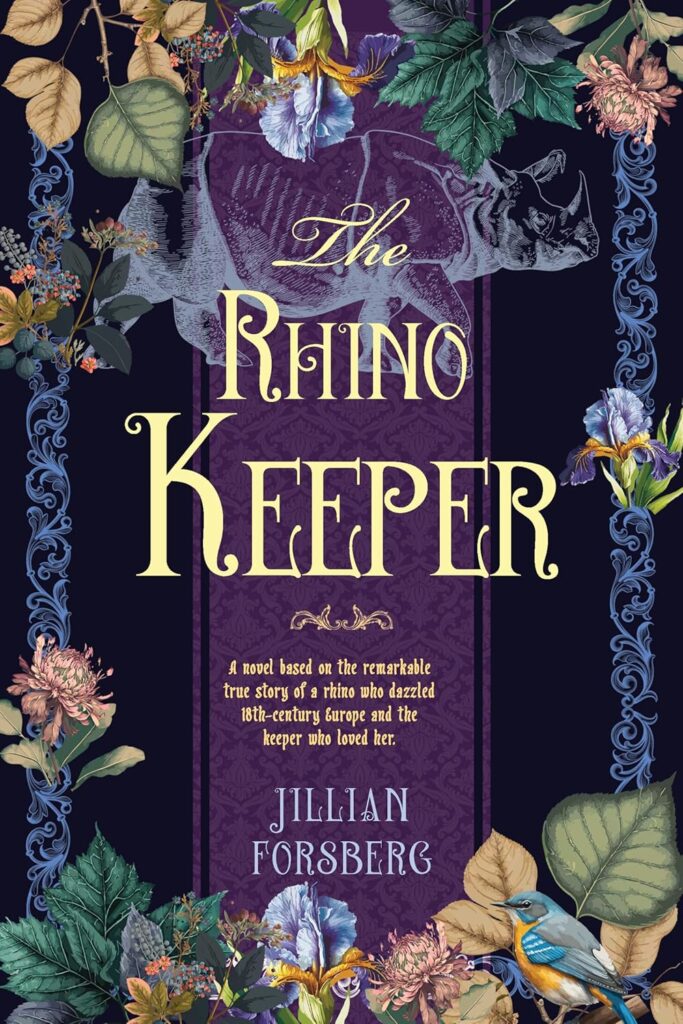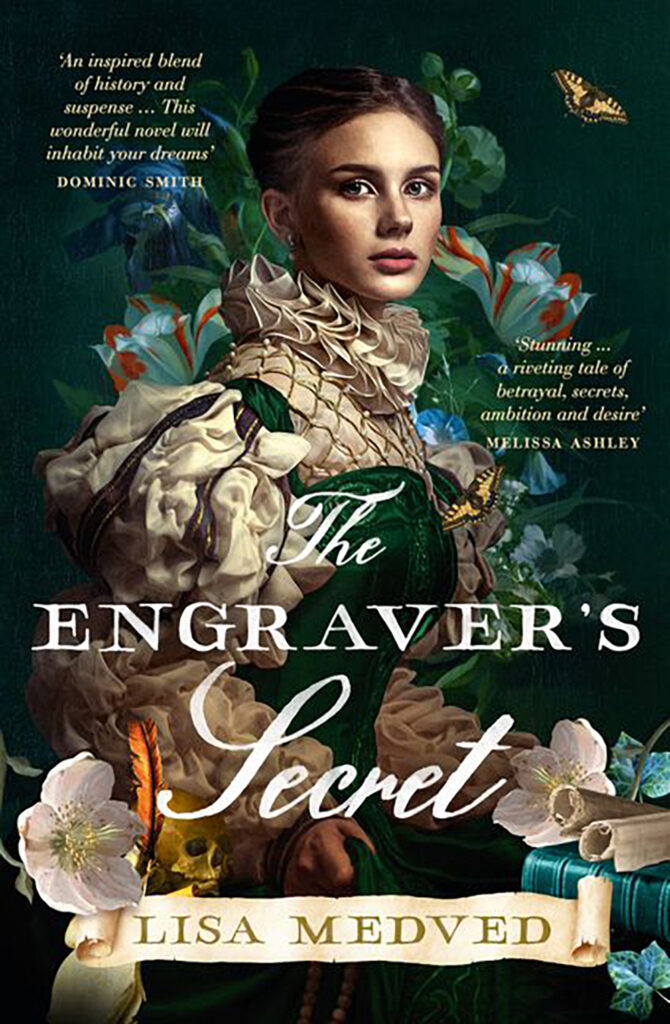Where legends and history collide: The Valkyrie by Kate Heartfield
 BY SHAUNA MCINTYRE
BY SHAUNA MCINTYRE
Retellings of mythology from a female perspective are growing in popularity. Kate Heartfield’s new book The Valkyrie (Harper Voyager, 2024) is the story of Brynhild, a fallen shieldmaiden, and Gundrun, a Burgundian princess, and their lives beneath the legend. The book, written at the intersection of Norse and Germanic mythology and Burgundian history, manages to incorporate many different versions of history, told, layered, and retold over centuries.
Drawing on such a wide array of sources allowed Heartfield the freedom to choose the elements of the stories that best helped her to shed a different light on the legends. “I tended to choose the elements that helped me place the story in its historical context; in all versions that we know, this story has been historical fiction about the coming of Attila the Hun and the relocation of the Burgundian kingdom, and I wanted to bring that back to the fore, to support the reader’s sense that this really could have happened.”
The legends that reference Brynhild and Gundrun often tell of two women who were rivals and minor characters meant to serve the story of Sigurd the hero. Heartfield’s novel imagines a version of the story in which other possibilities exist. In The Valkyrie, women have power, often subtly wielded and outside the notice of men. “I wondered what Brynhild would say if she could tell the story. Perhaps she and Gudrun had their reasons for the choices they made, and perhaps they weren’t the silly reasons that outside observers assumed. And this is after all a story that is in part about Valkyries, who have to work together in battle. I found it really rewarding to tell an epic story about women supporting each other – imperfectly, but doing what seems best to them for the same kinds of reasons that male heroes get assigned: patriotic zeal, love for their communities, desire to help people, friendship, ambition, curiosity, glory, revenge.”
This framing of the story was reinforced by the fact that it is told in first person from the perspective of both women. This was not the original way Heartfield planned to tell the story. But as she wrote it, she realized it suited both the theme of the novel and the narrative voice. “Once I allowed myself to play with first person, and to ask those questions about who was telling it, when, where, why and to whom, I started asking questions not only about who gets to tell a saga but who the assumed audience for it is. That’s when I hit on the idea of having the two women in the story be not only the tellers but also the hearers of the tale, which was a bit tricky to pull off, but I think it helped me do what I wanted to do with the book.”

author Kate Heartfield
Magic is a power wielded by nearly all the women in the book. How the magic was imbued in each character was one aspect of the old legends that Heartfield did want to draw on more directly, rather than create a new system of magic in the way a modern fantasy might portray it. She explained, “…I wanted to get closer to the way magic appears in the old tales, where it isn’t necessarily explained or justified. Sometimes you meet a witch in the woods and she gives you a potion, that’s all. It is very down-to-earth magic that is connected to learning, land and community.” Of course, the women from otherworlds were not so down to earth. Brynhild’s Valkyrie sisters, and the women of Helheim and Folkvang, draw on every bit of otherworldly magic in their reach, although their motives are sometimes unclear.
Brynhild straddled those worlds as a fallen Valkyrie. She may have lost her ability to fly but many of her skills belonged to her alone and was an important part of her journey on Midgard (earth). “Being a Valkyrie, Brynhild also has access to the magic of rune lore, which goes back to one of the poems in the Norse Eddas, in which she teaches Sigurd the use of runes. I wanted her magic to be something she learned herself, a skill, because that is so important to her development in the book as she learns how to draw on her own power when she isn’t in one of the otherworlds where the scope of everything is so much greater.” In the end, the legends become greater than the women, as they should.
About the contributor: Shauna McIntyre is a writer and editor of historical fiction, currently working on a series about female prairie homesteaders. Find out more on her website






